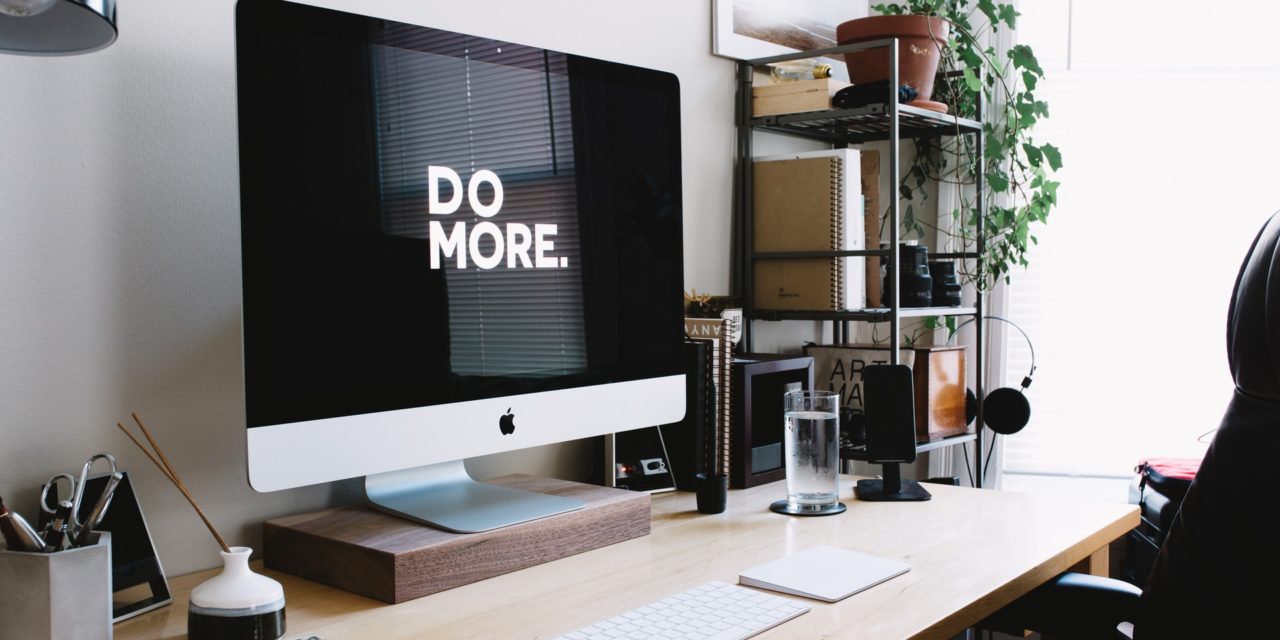Digital cameras are becoming an essential part of life to capture special moments. Before purchasing a digital camera, be sure to carefully select the camera best for your budget, skills, ideas, and needs. After all, the perfect shot depends on the holder of the camera. It also depends a lot on the camera itself. So how does one choose a digital camera?
There are hundreds of options to consider when choosing a digital camera. Depending on the type of pictures you want to produce, you should decide what type of camera to look for. Digital cameras change often, and new features become standard over time. Now, the most important questions when choosing a camera for your needs involve the number of megapixels, video recording options, lenses and anti-shake features. Most importantly, the camera should feel “right” in your hands.
Shop around for a digital camera with at least 10 megapixels. There are models with an insane amount of megapixels, but contrary to common belief a higher megapixel count doesn't result in better image quality and you may want to chose last season's model over the megapixel monster and spend the money on accessories like a tripod or a nice photo printer.
If you're looking to take snapshots of your cat, your son hitting a home run in the little league, your co-workers at the office, or a self-portrait for your website, look into point-and-shoot cameras with a built-in zoom lens. Most of these cameras have creative options like black and white, sepia tone, color options, zoom in, zoom out, flash, video recording, and photo frames. Although you can't change the lenses like on a professional camera, you can still get immaculate shots. These cameras are affordable, pocketable, functional, and most importantly – user-friendly. Prints up to 8×10″ for your photo album will look great.
The next step are advanced point and shoot cameras and all-in-one DSLRs (Digital Single Reflex) models, which are significantly bigger than your typical point-and-shoot camera, but still relatively lightweight and easy to use. Normally, these cameras sport all manual controls for the advanced photo connoisseur and have larger sensors to improve image quality. This type of camera is probably ideal for the travel photographer, since it's still pocketable and image quality is sufficient for larger prints.
Now, if you want to to take it to the Pro level, go for a digital SLR (Single Lens Reflex) with interchangeable lenses, there are many camera makes and options, but most importantly there are three main types of lenses: telephoto lenses, which allow you to take pictures of distant objects, wide-angle lenses are great for scenic shots and street photography and macro lenses allow you to take close-up shots of small objects. Oftentimes DSLR cameras come bundled with zoom lenses which cover wide-angle to telephoto, but the photo enthusiast would go with fixed focal length or so-called “prime” lenses for optimal image quality.
After considering the type of camera, survey the camera's battery life, software, night shot capability, storage/memory options, weight, screen size, color, picture options, warranty, and price. Camera and lenses can run you a pretty penny, but the shots you'll be able to take will be priceless.

